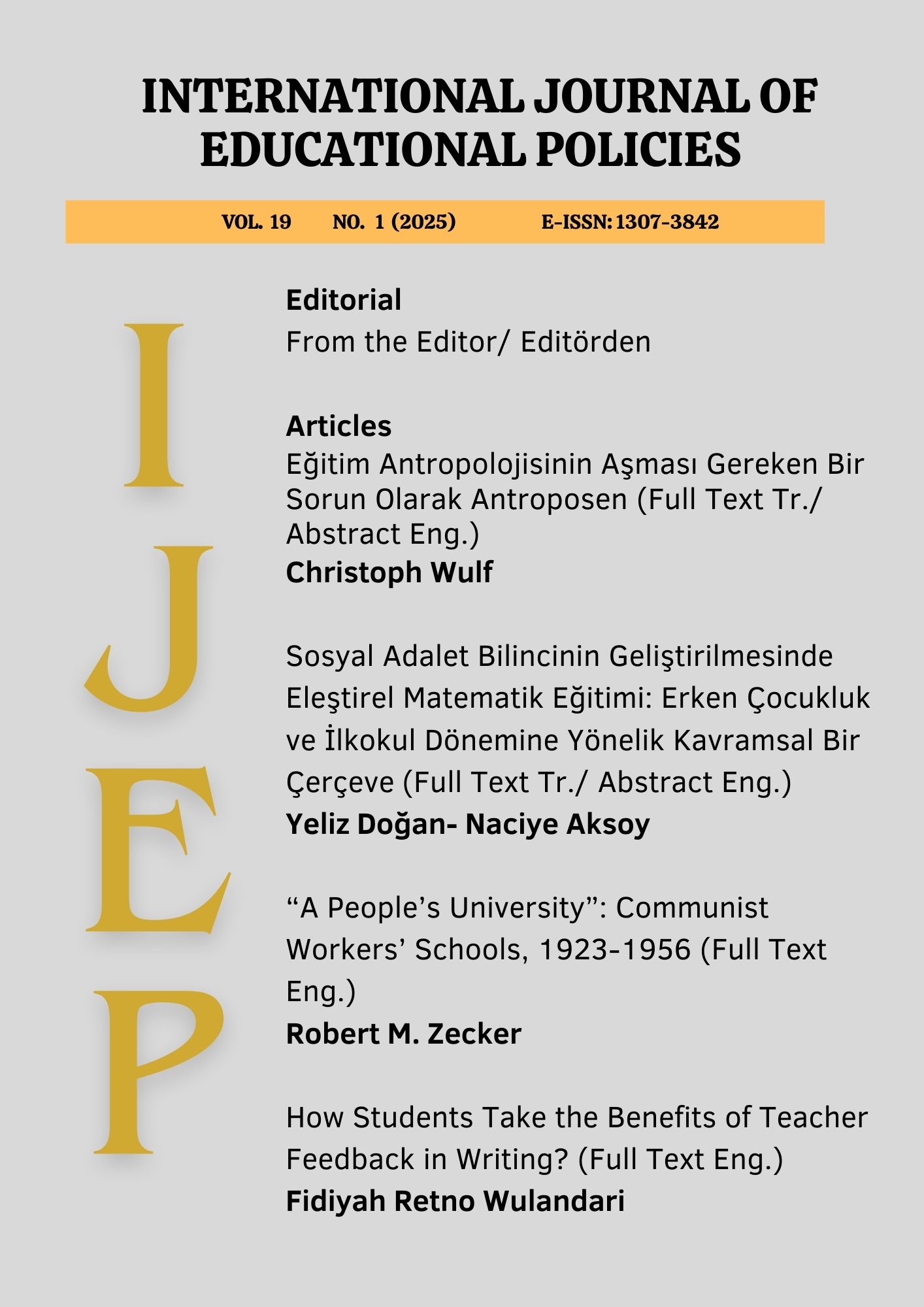“A People’s University”: Communist Workers’ Schools, 1923-1956
Keywords:
Community struggles, critical pedagogy, Marxist education, communist party USA, workers' schoolsAbstract
U.S. Communists charged public-school culture was “a potent instrument in the hands of the bourgeoisie to enslave the toiling masses.” In response, leftists created Workers’ Schools, counter-beacons to “clarify their minds, …elevate them to the dignity of builders of a new society.” Beginning in 1923, Communist Workers Schools offered courses “to equip the workers with the knowledge and understanding of Marxism-Leninism” so that worker-students could engage in “militant struggle.” In the 1940s schools adjusted to the Popular Front, but New York’s Jefferson School and Chicago’s Lincoln School continued offering courses in Marxism even as they offered a progressive American narrative, delivering some of the first courses in African American history and the history of anti-colonial struggles, championing a humanistic form of adult education for “workers of hand and brain.” Schools also provided access to literature, arts, and other humanities courses in a progressive milieu. With the Cold War’s onset, McCarthyism darkened the schoolhouse door, and by 1954 the government dismantled Workers’ Schools. But they endure as a liberating, pedagogical genealogy. Now, when monetization threatens the liberal arts, and campus protest met with the blunt cudgel of police terror, we must look to an earlier era’s “people’s university” for instruction.
Downloads
Published
Issue
Section
License
Copyright (c) 2025 Creative Commons V.4

This work is licensed under a Creative Commons Attribution-NonCommercial-NoDerivatives 4.0 International License.
The Creative Commons License Options
- CC BY-NC-ND: This license allows reusers to copy and distribute the material in any medium or format in unadapted form only, for noncommercial purposes only, and only so long as attribution is given to the creator. CC BY-NC-ND includes the following elements: BY – Credit must be given to the creator, NC – Only noncommercial uses of the work are permitted, ND – No derivatives or adaptations of the work are permitted.For the details and historical information check the license at https://creativecommons.org/version4/

